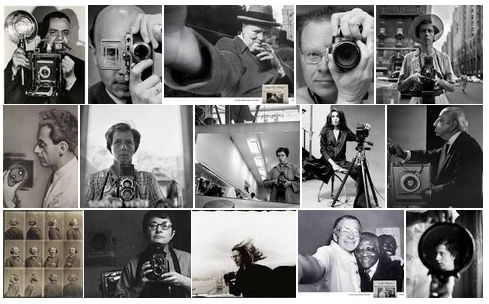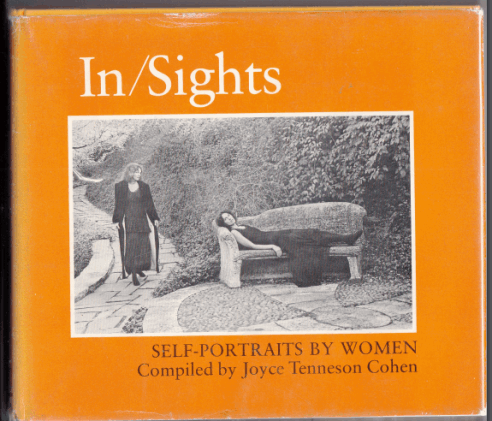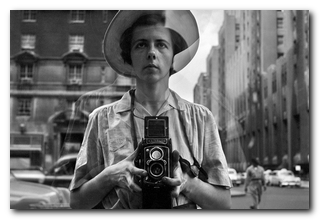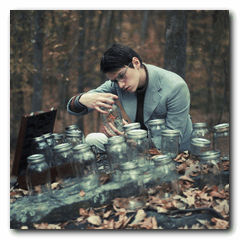
SELF PORTRAIT
The portrait has been a significant part of photo history, almost going back to its invention.
After reviewing the basics learned in photo one and two, we start the semester with an exercise using the most convient of all subject matter - yourself.
Your challenge as a photographer is what to photograph and why you photograph.
Self portrait photography can be significant and profound. It can also be a way to create something when you cannot find or think of a better idea. This exercise challenges you to photograph yourself in a way that is both creative and insightful.
After this exercise, you will not use self portraits for the remainder of the semester (with exceptions for exceptional justification).

Sources:
More than a Selfie
read: Why You Should Be Taking More Self Portraits
read and explore "Insights: Self portraits by women" pdf
Categories:
Self-transformation:
Exploration of Sexuality
Incorporation of Natural Forms
Nostalgia & the past
Fears and the unsettling
Conscious & Unconscious Archetypal imagery
Formal visual issues
Dreams and Fantasies
Humor and Satire

Goal
To explore the resource material for inspiration, and create a selection of self portraits creatively and insightfully
You should use this project to demonstrate your creativity and your ability to use photographic techniques to show the viewer a visual interpretation of your personality.
You will be evaluated on effort, technical mastery and creativity.
Experiment with your camera to create self portraits (not selfies)
Think about how your persona changes in different roles and circumstances.

Assignment
Pick two or more of the categories and create TWO self portraits representing different aspects of your personality or life.
Shoot a lot, experiment. You will need your tripod and use your self timer.
Do not shoot in the studio. Use your own lights and create the space you need.
Fill out the Evaluation Form for each shoot
In some circumstances you can have an assistant press the shutter after you stage the photograph.
Use all the photo tools you have at hand...to make visually strong and compelling images.
Lighting
Depth of Field
Motion
Print your two final images for critique
Create a title and Artist Statement for each image